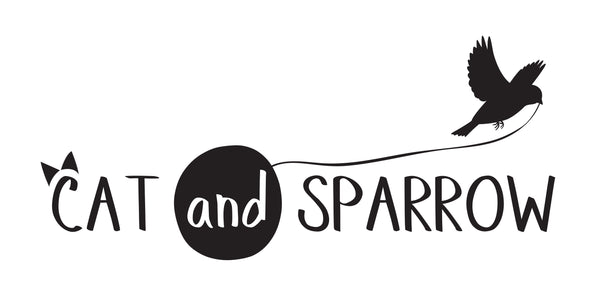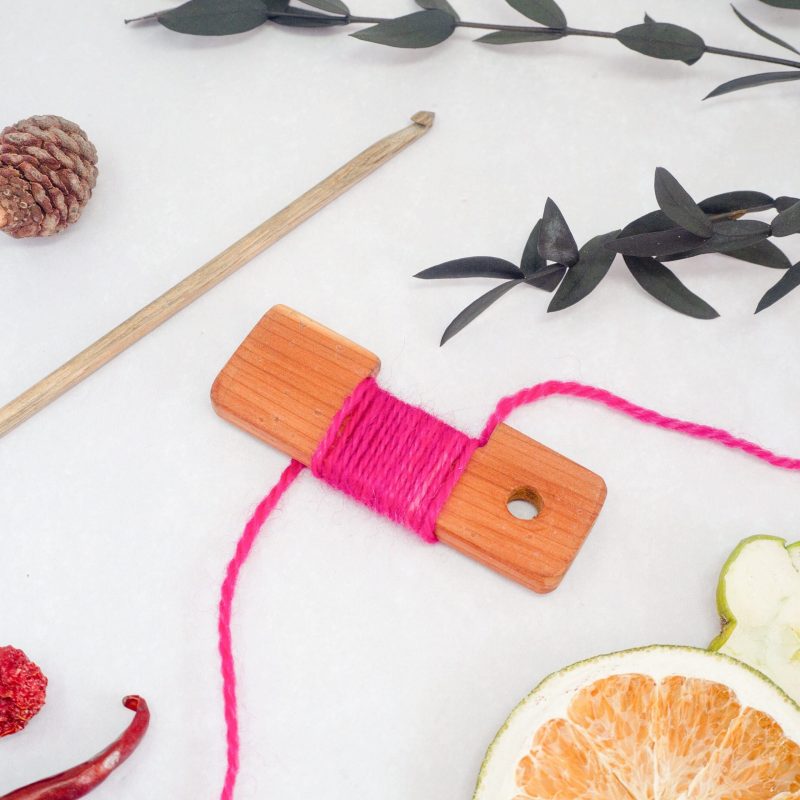Navigating the myriad yarn classifications can be daunting. When I first started trying to match yarn to projects, I had to really dig for information about the meaning of such terms as Aran, Worsted, DK, fingering, sock, sport, 4ply, 2ply ... So many of these descriptions seemed to apply to two different things, and meanings differed geographically. As a British woman living (at the time) in Australia and working with American patterns I was doomed to confusion from the start.
When I started dyeing and selling yarn I would get asked "Is this a 2ply yarn?" and have to figure out whether the crafter wanted to know how many plies it contained, or whether it was a lace weight yarn. "Is this yarn worsted?" could mean, "Is this a worsted-spun yarn, with lots of strength and high twist?" or "Is this yarn worsted weight?" What's the difference between worsted and aran weight yarn? Is fingering the same as sock? And what in God's name is the sport weight category all about?
Hopefully, this series of blog posts about yarn weights and structure will help take some of the mystery out of yarn selection.
A little bit of context
Up until the middle of the 20th Century, yarn weights were standardised by the size of the spun single. A 4ply yarn was the most common size, and corresponds to a sock weight today. DK (Double Knitting) was twice the standard weight of a 4ply yarn, hence why it's often known as 8ply yarn.
Correspondingly, a 2ply yarn - what we now call lace weight - measured half the thickness of a 4ply. Meanwhile, in the US, terms such as 'fingering', 'sport' and 'baby' began to define the types of yarn available.
The term 'DK' is rarely used in the US, rather 'light worsted' is favoured. 'Worsted' is used both to describe heavier yarn and the way a yarn is spun - with a high twist from a combed preparation, which makes it very hard wearing. It's traditionally used for garments such as coats and suits. Worsted weight yarn is not necessarily worsted-spun.
Worsted and Aran weight yarn are similar, although worsted is marginally lighter. They both fall into the same classification. Confusingly, Aran sweaters were traditionally knit with unscoured 4ply yarn for warmth, resilience and waterproofing. Aran weight yarn did not feature.
There's so much crossover between the naming conventions, techniques and purposes that it's not surprising the whole thing is a confusing mishmash.
So what does it all mean?

Right to left: Lone Ranger DK, Superhero DK, Sweater Weather DK, Oh! So Fine DK
This photo shows four different types of DK yarn. From right to left we have one single ply, then three plies, then two, and the last one has four. Each one has a different structure and will knit up differently, but they are all classified as DK. What they have in common is how many wpi (wraps per inch) they are - each one of these yarns wraps 16 times per inch (see header photo). However, what I find most reliable for determining yarn weight is metreage. These yarns all fall between 210 and 240 metres per 100g.
The Craft Yarn Council have put together a handy chart which standardises the yarn weights under seven different categories, starting from Lace and going up to Jumbo. These standards are being used more often, as global communication and availability of yarns and patterns increases. It doesn't include metreage or yardage, however, so I've created my own little chart. I've only gone up to medium weight. but anything with a metreage of 150 or less per 100g falls into the chunky or super chunky range.

Next, I'll be looking at yarn structure and content, and why it's important to consider when selecting or substituting yarns for a project. Let me know if you have any questions!


1 comment
Hi, you haven’t explained the title photo! Why is the yarn wrapped around a piece of wood? Thanks